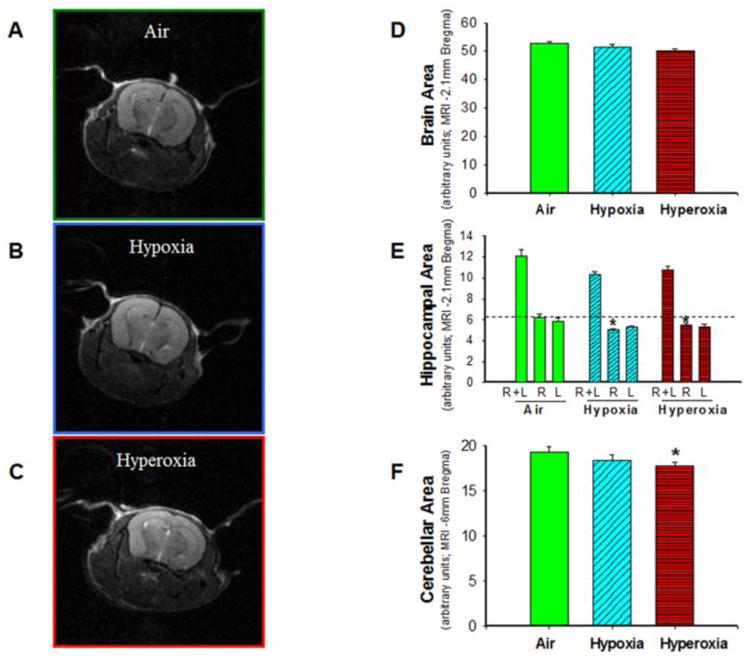Figure 3. Neonatal hypoxia and hyperoxia exposure decreased hippocampal and cerebellar size in adult mice.

T2-weighted non-contrast MR images of brain from air-exposed (A), hypoxia-exposed (B), and hyperoxia-exposed (C) mice were used to measure brain, hippocampal, and cerebellar areas by tracing the periphery of the specific regions. (D) Cross-sectional brain area in adult mice at approximately −2.1 mm bregma did not differ by neonatal exposure to air, hypoxia or hyperoxia. (E) Cross-sectional area of the right hippocampus at −2.1 mm bregma was lower in hypoxia- and hyperoxia-exposed mice, as compared to air-exposed mice. (F) Cross-sectional cerebellar area at −6 mm bregma was reduced in neonatal hyperoxia-exposed mice as compared to air-exposed mice. Air-exposed: solid green bars, hypoxia-exposed mice: cyan angled stripes, hyperoxia-exposed: red bars with horizontal stripes; means± SEM; n= 11 in air, 7 in hypoxia, and 6 in hyperoxia.*p<0.05 vs. air-exposed mice.
